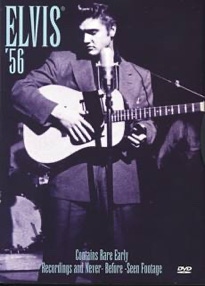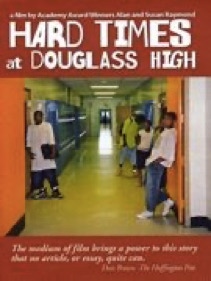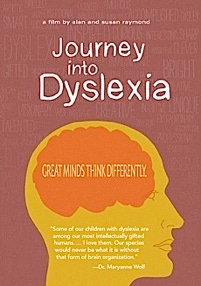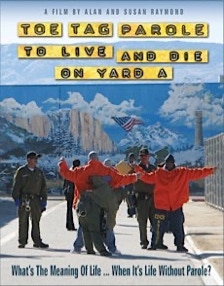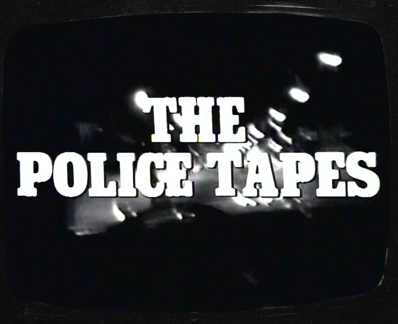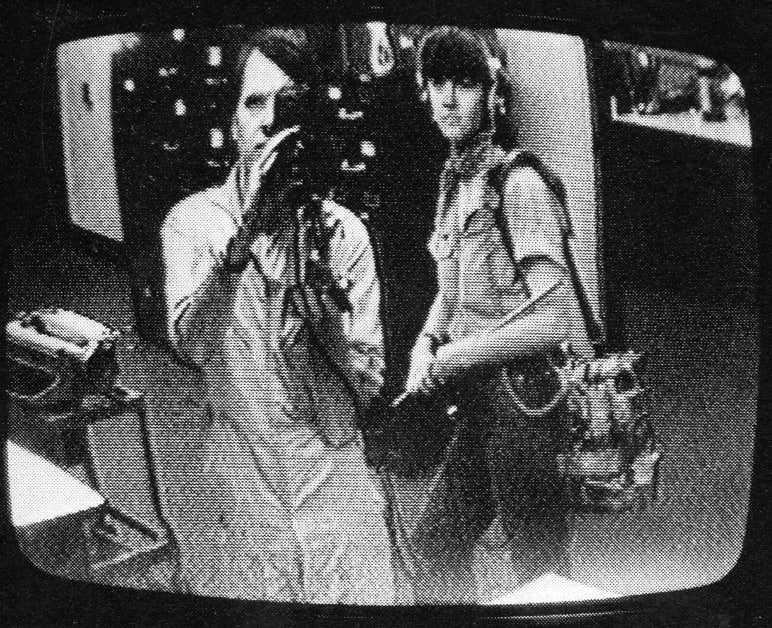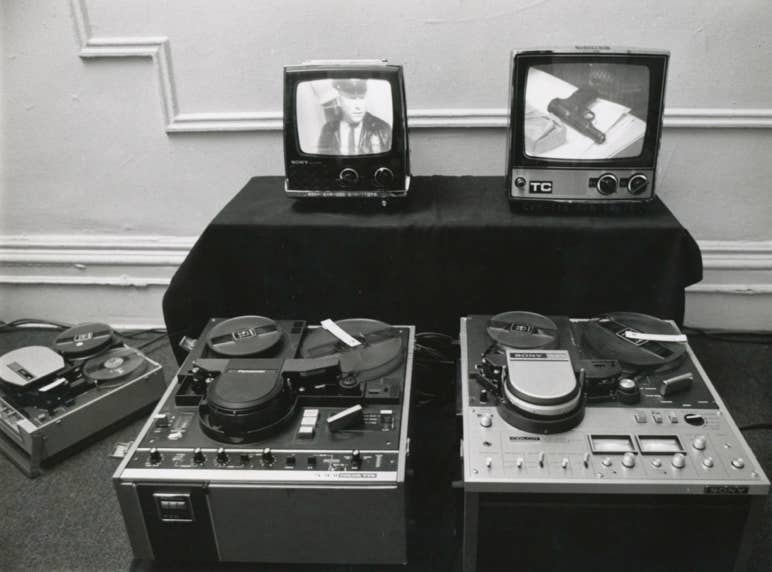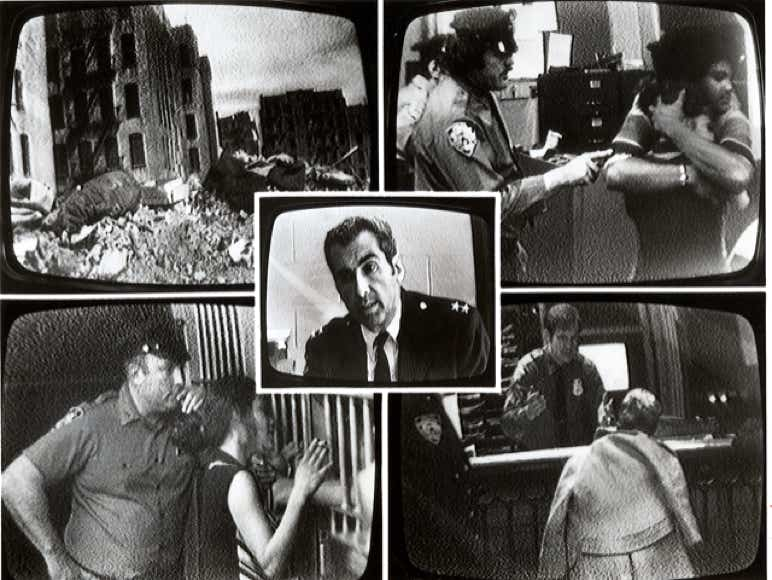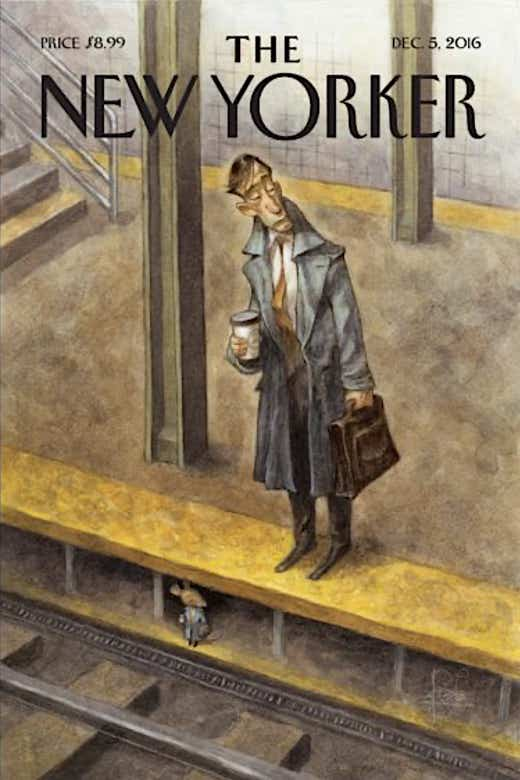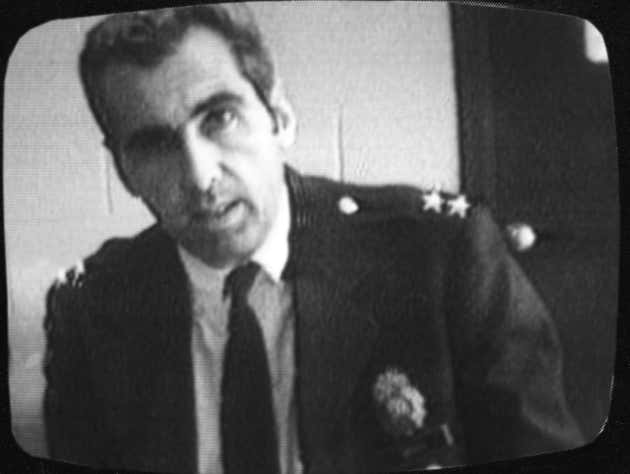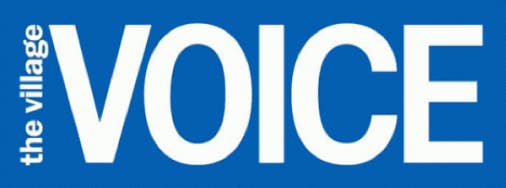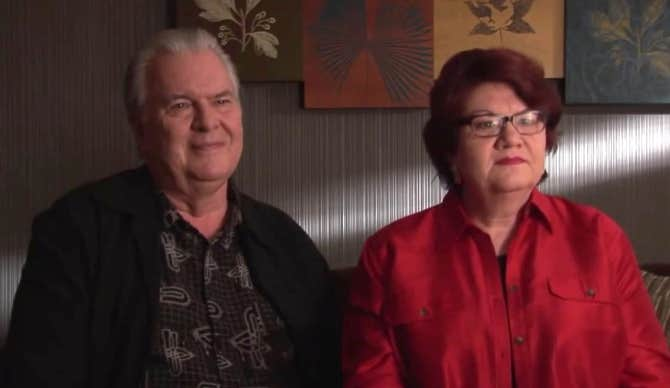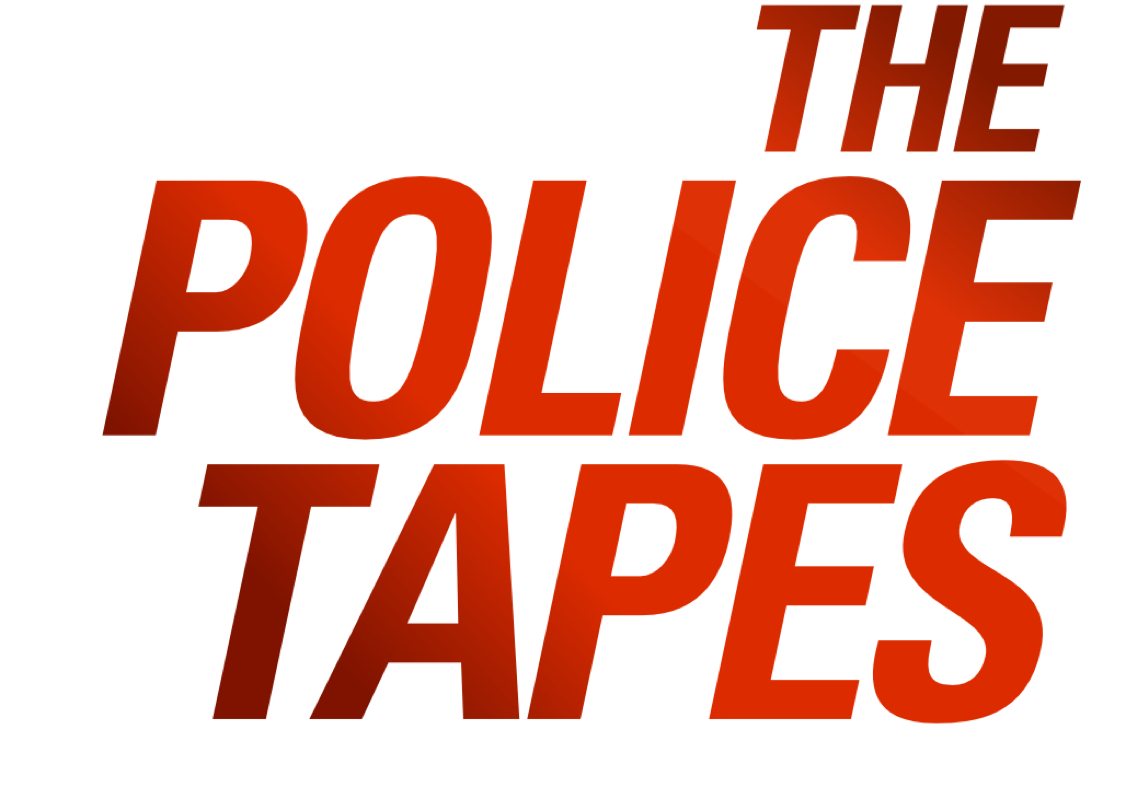
“Through their ‘POLICE TAPES,’ the Raymonds have assured themselves a spot in movie history …”
— Elvis Mitchell, The New York Times
NEW YORK CITY IN 1976 WAS BANKRUPT AND THE BRONX WAS BURNING. Alan and Susan Raymond, experimenting with Sony PortaPak video equipment, ventured into the most dangerous neighborhood and captured it all.
In dramatically raw scenes, the officers of the city’s highest crime precinct, the 44th in the South Bronx, let the filmmakers in on every secret of society..
At the station house and in the patrol car, cops speak candidly about the role of policing a neighborhood living with constant levels of rage and frustration due to poverty, unemployment, inadequate housing, drugs and street crime.
Originally filmmakers working only with 16mm film, Alan and Susan Raymond were offered an opportunity by David Loxton at the innovative TV LAB at WNET/13 PBS to experiment with a new small format called video. The Raymonds were awarded a New York State of the Arts Grant of $3,000 and outfitted with a Sony PortaPak camera with a light-sensitive Nuvicon tube that would allow them to shoot in very low-light level situations.
They would need to find a suitable subject that would fit this experimental technology and chose to seek access to the NYC police department. Alan and Susan Raymond eventually received permission from Bronx Borough Commander Anthony Bouza to film nightly routine police work in New York City’s highest crime precinct in the South Bronx. Equipped with only the Sony video deck and camera, the Raymonds would document routine police activity over a 90-day period in the spring of 1976.
DISTILLED FROM OVER 40 HOURS OF VIDEOTAPE, the original 90-minute version of ‘The Police Tapes’ was edited by Susan and Alan Raymond on Sony ½-inch video decks and bumped up to a two-inch broadcast master by post-production editor John Godfrey.
This first Video Vérité production of ‘The Police Tapes’ was broadcast on the local New York PBS Station WNET/13 on January 4th, 1977 and The Raymonds were honored with the following Awards:
- EMMY for Best Documentary for local New York programming
- Alfred I DuPont Award for Excellence in Journalism
- George Foster Peabody Award
- Deadline Club Award Sigma Delta Chi Society of Professional Journalists
- Indie Award from Association of Independent Video and Filmmakers
THIS GROUNDBREAKING EXPERIMENTAL VIDEO was acquired by Pamela Hill, Vice President of ABC NEWS, and broadcast nationally as an original ABC NEWS CLOSEUP documentary in August 1978.
The Raymonds edited their program into a 50-minute version that became the first work of independent filmmakers to be broadcast on ABC News and the first time a small-format video was aired on national television. The Raymonds were honored with the following awards:
- News and Documentary EMMY Award for Best Documentary
- News & Documentary EMMY Award for Best Editing
IN THE PRESS
“In 1976, the filmmakers Alan and Susan Raymond, using newly developed portable videotape equipment, embedded themselves among the officers of the Forty-fourth Precinct, in the South Bronx. Lodged in the back seat of police cruisers—sometimes beside suspects under arrest—the Raymonds became the officers’ confidants and companions, and the intimate revelations that they elicit offer a wide-ranging view of government at work. The filmmakers also follow officers into the heat of conflict as they try to defuse a gang war, remove a body after a deadly dispute, and resolve an apparent hostage situation in a housing project. In the station house, the filmmakers show detainees being arraigned and jailed; there, so little heed is paid to the filmmakers by those facing incarceration that they may as well be invisible. The borough commander, Anthony Bouza, acknowledges the lurid fascination of police work, calling it ‘a ringside seat to the greatest show on earth,’ but adds an impassioned monologue—regarding the resentment aroused by the police among those enduring the traumas of poverty—that should be engraved on the halls of justice.”
— Richard Brody in The New Yorker
“TO THE DEGREE THAT I SUCCEED IN KEEPING IT COOL, keeping the ghetto cool, to the degree that I can be effective, to that degree fundamentally am I deflecting America’s attention from discovering this cancer? And the longer it is deferred, the discovery, as in Viet Nam, the greater the moral dilemma and the greater the moral problem when it is ultimately discovered. So maybe I would be better off failing? Not working quite as hard. Maybe I shouldn’t be as effective as I presume myself to be? And that way America would be confronting the problem, as it had to do during the urban riots of the sixties and so on.”
“The fact of the matter is we are manufacturing criminals. We are manufacturing brutality out there. We are very efficiently creating a very volatile and dangerous sub element of our society and we are doing it simply because we don’t want to face the burdens and the problems and the responsibilities that their existence imposes upon any society with conscience. So rather than awaken your conscience to the problem, you’re far better off just ignoring it and that’s what we’re doing and I am very well paid almost to be the commander of an army of occupation in the ghetto and that is a great tragedy I think. And I don’t know that anyone’s useful life should be employed in that kind of a pursuit however well paid one is so that’s where my sense of defeat and frustration comes from.”
—Chief Anthony Bouza
‘THE POLICE TAPES’ CONTINUES TO BE RECOGNIZED for its landmark achievement and resides in the permanent collections of The Museum of Modern Art and The Bibliothèque Nationale de France and continues to be screened in museums, galleries and theatres such as Cinéma du Réel in Paris and The Metrograph in NYC.
Alan and Susan Raymond were selected by the Television Academy of Arts and Sciences as ‘Emmy TV Legends.’ In their interview, Alan and Susan talk about their groundbreaking cinéma vérité work on such television documentaries as ‘The Police Tapes’ and ‘An American Family.’
LANDMARK TELEVISION and THE BIRTH OF REALITY TV
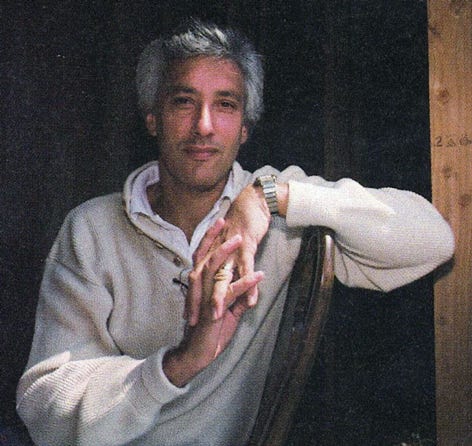
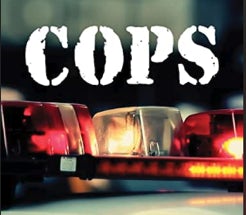
‘THE POLICE TAPES’ has had a lasting influence on the landscape of television. The combination of the enormous critical acclaim and the national broadcast on ABC News gave high visibility and recognition to the innovative style of filmmaking the Raymonds created. Unknown to the filmmakers, many others were watching as well:
‘HILL STREET BLUES’ — Producer Steve Bochco was developing a new drama for NBC and viewed the original 90-minute version of ‘THE POLICE TAPES’ on PBS. In an interview in American Film Institute Magazine of July 1988, Bochco revealed his influence:
“Of course you never have to actually utter the ’s’ word in television—everybody knows that’s what you’re doing. But we really stole the style of ‘Hill Street Blues’ from something called ‘The Police Tapes,’ which was shot in the South Bronx—Fort Apache, in fact—in black and white. The crew just followed a bunch of cops around—domestic violence, crime, street gang murders, whatever—and put together a remarkable couple of hours of stuff that was very stark and all hand-held. It was one of the most arresting things I’d ever seen in my life. We said, ‘This is the feeling we want. We want to create something that gives the illusion of random event.’”
‘COPS’ — Critic Elvis Mitchell, in The New York Times Arts & Leisure Section of June 30, 2002, reflects on the long-lasting reality TV series Cops and dissects its original influence.
“It was experiments with hand-held portable video cameras by nonfiction filmmakers like Frederick Wiseman that liberated the documentary from its lock-down camera positions. You could see the impact of these technological breakthroughs in the swift, inside narrative of the powerful and low-key 1976 documentary ‘Police Tapes.’
In ‘The Police Tapes,’ Alan and Susan Raymond, best known as the filmmakers behind the PBS series ‘An American Family,’ followed police officers in the South Bronx. They buzzed around the cops, criminals and victims like mosquitoes. No one ever mentions the Raymonds when ‘Cops’ comes up on conversation. But they are unsung heroes. Through their ‘Police Tapes,’ the Raymonds have assured themselves a spot in movie history: the DNA of their original has found its way into the film mainstream through ‘Cops.’



